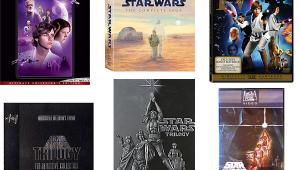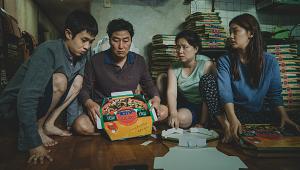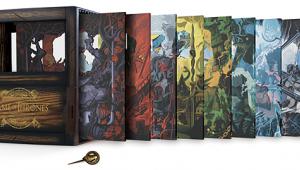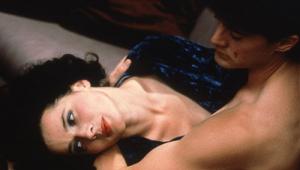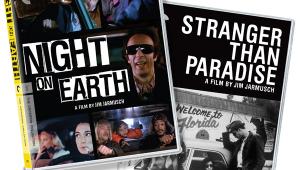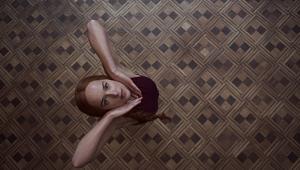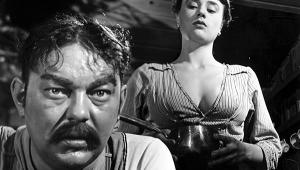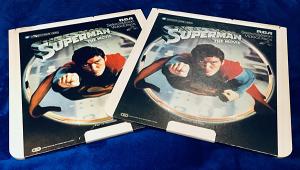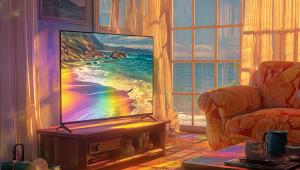"Blindness" on DVD

| Miramax/Buena Vista Movie •••½Picture •••• Sound •••• Extras •••• |
This DVD-only release delivers all the movie's squalor and disarray in startlingly fine texture and detail. And the minimalist Dolby Digital 5.1 soundtrack, featuring a memorable score by Marco Antônio Guimarães (a.k.a. Uakti), fits the visuals like a glove.
Five brief deleted scenes add little to what has come before. However, a stylish, 55-minute making-of documentary is almost strong enough to stand as a film on its own. In fact, it serves as a model for how to avoid the dreaded "promotional featurette" aesthetic.


